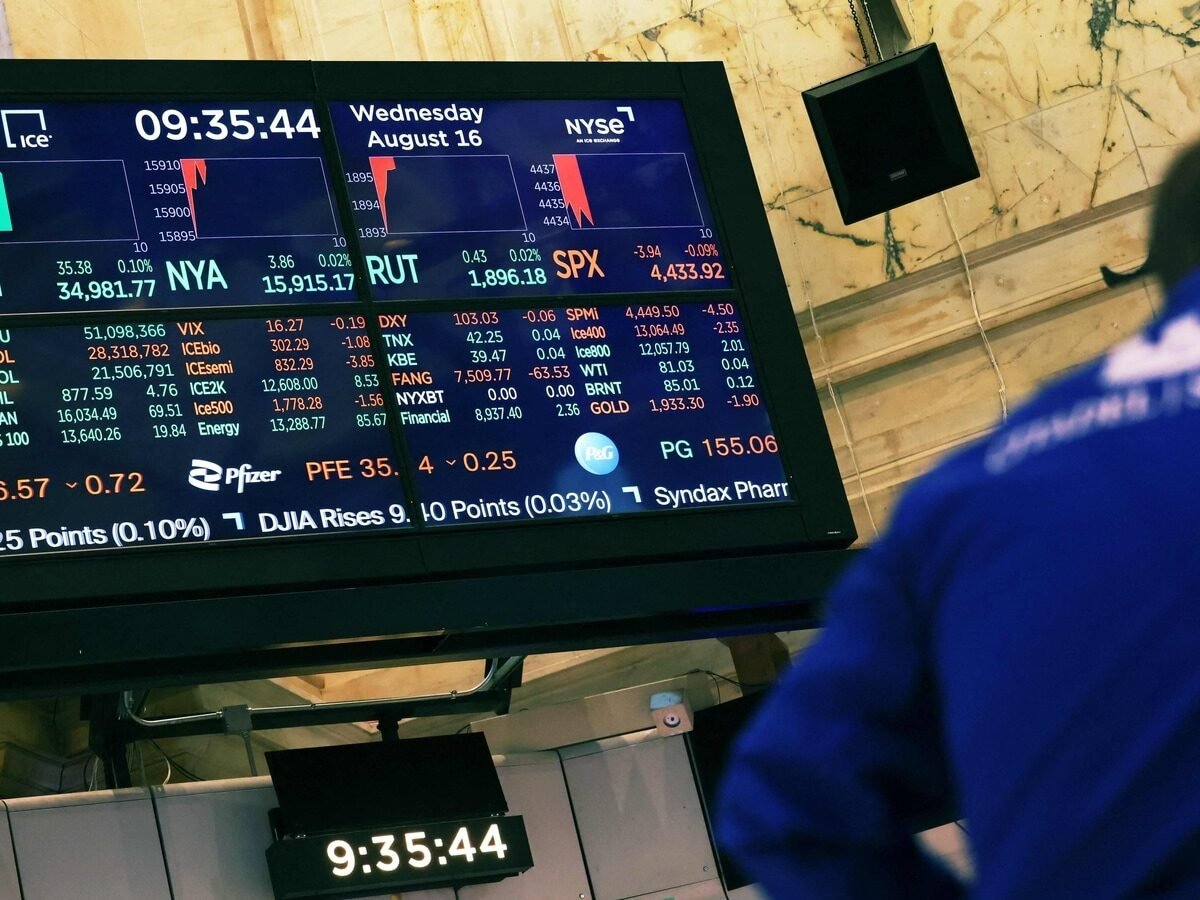Indian and Chinese stocks are being seen as potential outperformers by investors among their Asian peers for the second half of the year, Bloomberg reported, adding that investors are also currently flocking to emerging markets.
Around one-third of 19 Asia-based strategists and fund managers surveyed informally by Bloomberg said they saw Chinese and Indian stocks growing the most in the next six months, with Japanese stocks coming third in preference.
Also Read: Hindenburg shared Adani report with client two months before publishing it: Sebi
The MSCI EM (Emerging Markets) Asia Index outperformed the broader MSCI Asia gauge by the most since 2009 in the last quarter, with Asian Emerging markets stocks being the most bought in June, according to the report, which cites Goldman Sachs Group Inc.’s prime brokerage desk.
Why do foreign investors favour Indian stocks?
Indian stocks are favoured due to post-election optimism and India’s relative immunity to geopolitical tensions.
Indian stocks are growing since Prime Minister Narendra Modi’s re-election into a 3rd term, albeit a coalition. India’s stock market value surpassed %5 trillion for the first time in June due to the Prime Minister committing to policy continuity.
Also Read: India’s loan-taking to grow faster than GDP growth this year: SBI Capital Markets
A different Bloomberg survey about India showed that the growth in Indian stocks has the potential to continue till the year-end as investors believe the upcoming union budget will boost consumer spending and infrastructure.
Why do foreign investors favour Chinese stocks?
Chinese stocks were preferred for their low valuations, with investors also expecting policy changes. However, they are struggling now with the prices going through a correction after a strong rally earlier.
Also Read: Passenger vehicle sales fall 7% in June as heatwave curtails showroom visits: FADA
Over half of the respondents to the survey said that Asian equities are likely to outperform their US counterparts through 2024, due torate cuts by the Fed rate and cheap valuations.
However, most of them see the gains limited to 10% or less.





